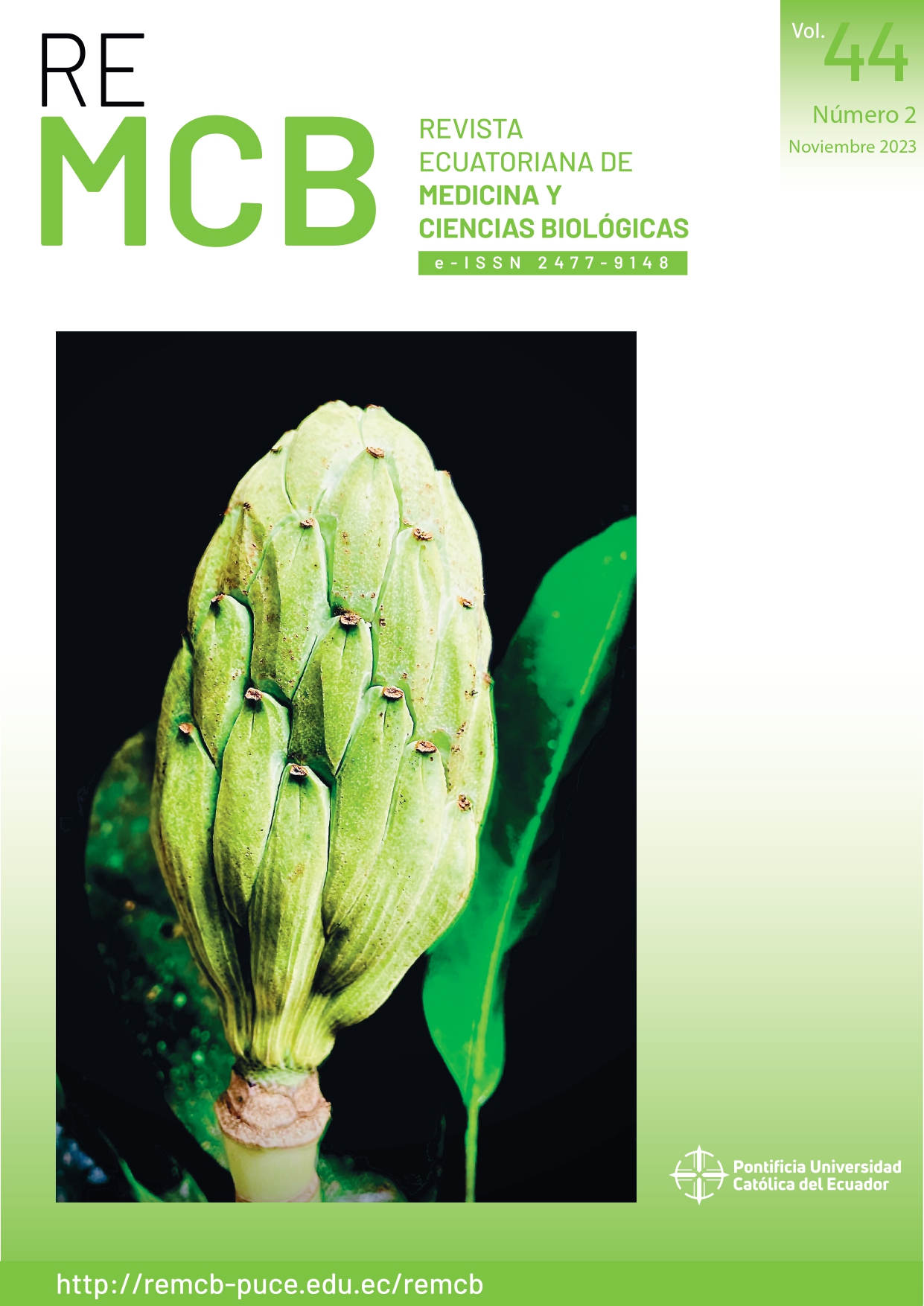Survival and initial growth trials with three forest species in an Andean shrubland in southern Ecuador
Main Article Content
Abstract
ABSTRACT
The anthropic processes supported by the Andean shrublands of the Loja basin have made them fragile and not very resilient due to anthropic pressures such as fires, agriculture and cattle ranching. As an alternative to recover degraded ecosystems, two restoration trials were established in an Andean scrubland with three species: Lafoensia acuminata, Podocarpus sprucei and Handroanthus chrysanthus. The species were planted in homogeneous plots, with a planting density of 3 x 3 m, 60 individuals per species in each trial. The parameters evaluated were basal diameter and total height, survival, phytosanitary status, edaphic variables (texture, slope, bulk density, pH, organic matter and carbon). ANOVA with Fisher and PCA comparisons were performed. Lafoensia acuminata presented 100% survival, Handroanthus chrysanthus registered values lower than 90%. There were significant differences in basal diameter increment and total height between Lafoensia acuminata and Handroanthus crhysanthus. The PCA determined that the variables with the highest correlation with growth in basal diameter and height were pH, bulk density, organic matter and carbon. It is concluded that Lafoensia acuminata is the potential species to restore disturbed areas due to its good initial behavior, adaptability and rapid growth.
Downloads
Article Details

This work is licensed under a Creative Commons Attribution-NonCommercial 4.0 International License.

